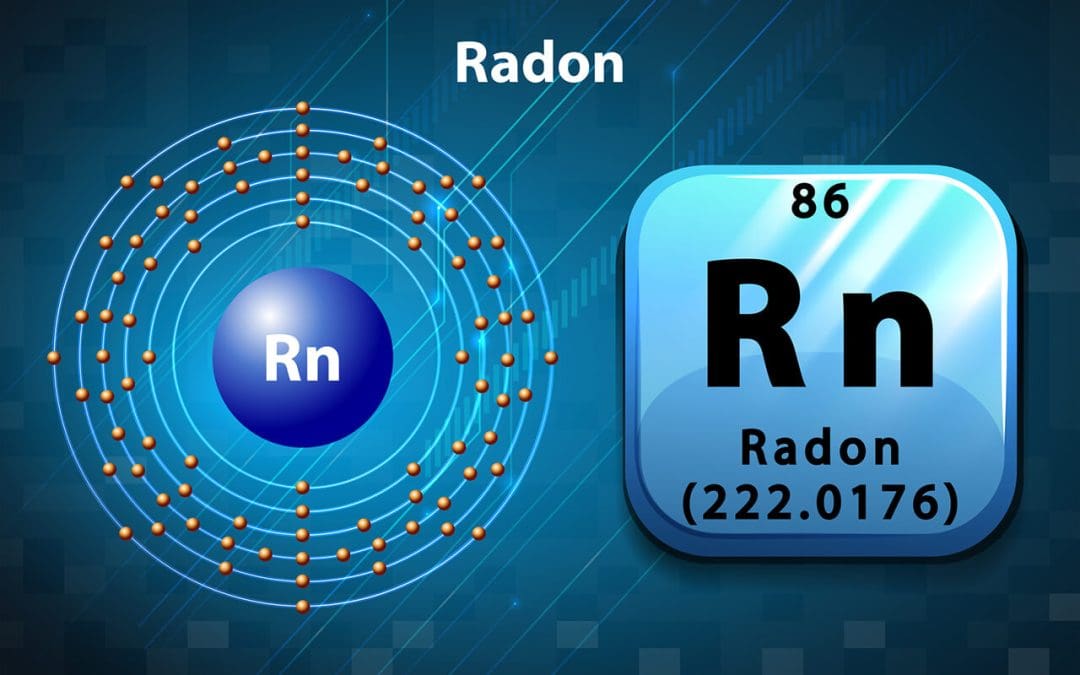As a homeowner, it’s essential to be aware of dangers that can affect the health and well-being of your family. One often-undetected danger is radon gas, a colorless, odorless, and tasteless gas that can seep into homes through the foundation. Radon in the home is a health risk, so keep your family safe.
Things to Know About Radon in the Home
Radon is a naturally occurring radioactive gas formed by uranium decay in rocks and soil. It is a known carcinogen and is the second leading cause of lung cancer after cigarette smoking. High levels can exist in any home, old or new, and in any location.
Radon and Lung Cancer
Radon contributes to the development of lung cancer, making it a serious concern for homeowners. When the gas is inhaled, it damages lung tissue and increases the risk of lung cancer. The U.S. Environmental Protection Agency (EPA) estimates that radon exposure causes thousands of lung cancer deaths each year. The risk is especially pronounced for those exposed long-term to high radon levels, such as individuals living in homes with elevated radon concentrations.
By testing your home for radon and taking the necessary steps to mitigate it, you reduce the risk of lung cancer for you and your family. Your health and well-being should always be a top priority, and addressing radon in your home is crucial to ensuring a safe and healthy living environment.
Test for Radon Gas
Because this gas is colorless and odorless, it is impossible to detect the levels without a test. Levels of 4.0 pCi/L and higher are deemed hazardous to breathe by the EPA.
Conduct short- and long-term tests to understand radon levels comprehensively. Short-term tests typically last a few days, while long-term tests can extend for several months. It’s best to place the test kits in the lowest level of your home that is frequently occupied, such as the basement or main living area.
While you can purchase DIY test kits, hiring a professional to administer the test is better. A radon pro has the knowledge and training to conduct a test and accurately interpret the results.
Elevated Levels of Radon in the Home
If the radon test results indicate elevated levels, take action to mitigate the issue. Radon mitigation systems can be installed to reduce the levels and ensure a safer living environment. These systems typically involve venting the gas from the soil beneath the home and redirecting it away from the living spaces. Hire a professional radon mitigation contractor to design and install the system to ensure its effectiveness and compliance with local regulations.
Even if your home has low test results, regular testing is still recommended, as radon levels can change over time. Additionally, if you plan to sell your property, having a radon test offers peace of mind to potential buyers and demonstrates your commitment to offering a safe, healthy home.
You are proactively safeguarding your family’s health by taking the necessary steps to test for and mitigate radon in your home. Radon is a silent threat, but with proper awareness and action, you’ll create a healthy home for your loved ones.
Home Inspection Protection offers inspection services, including radon testing, in Naples, Florida, and the surrounding area. If you’re buying or selling a home, contact us to schedule an appointment.

